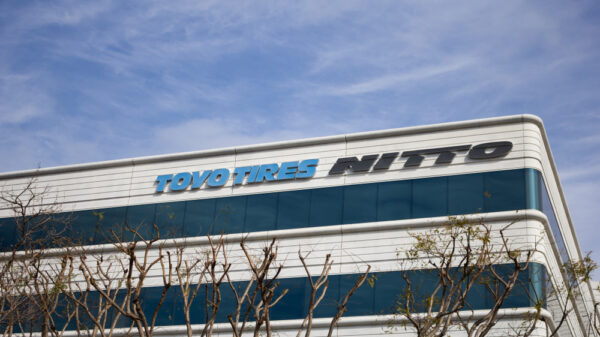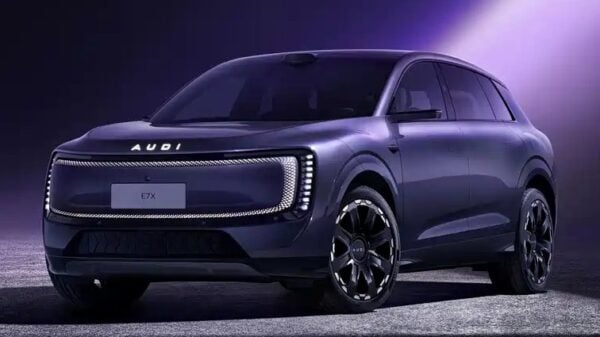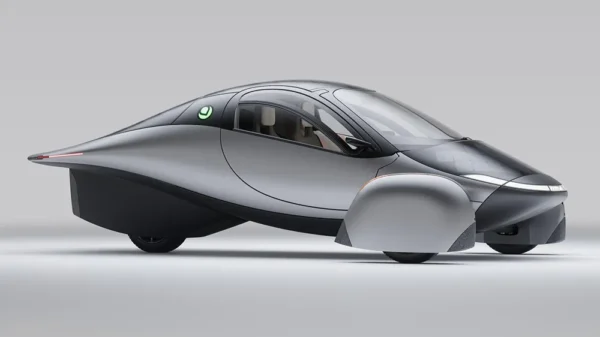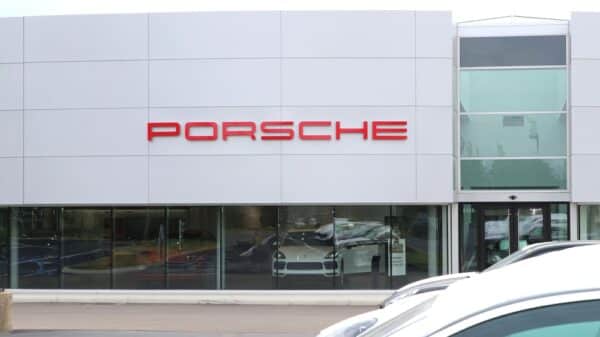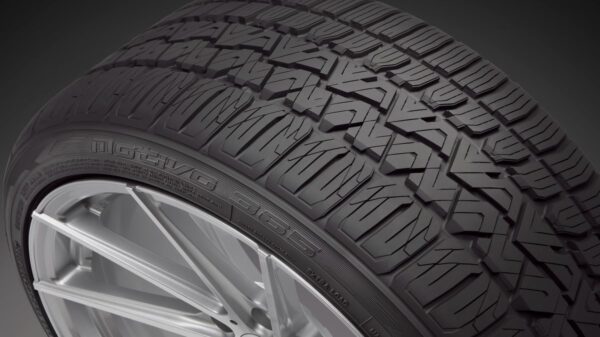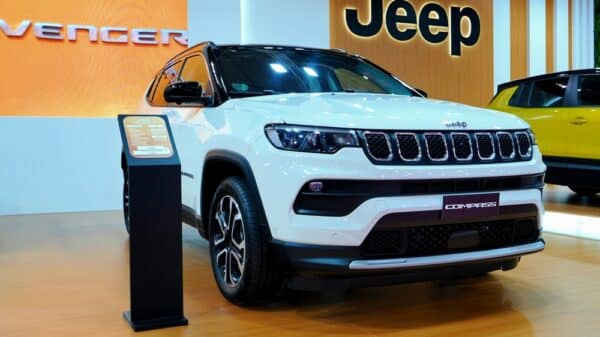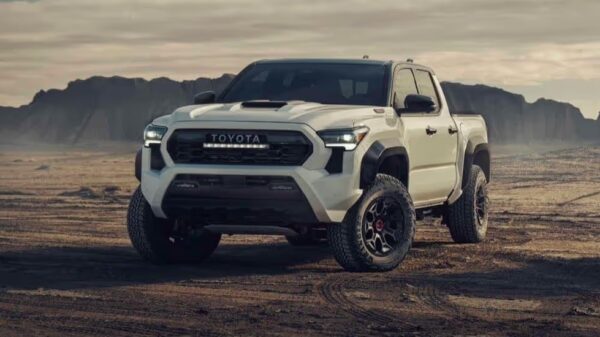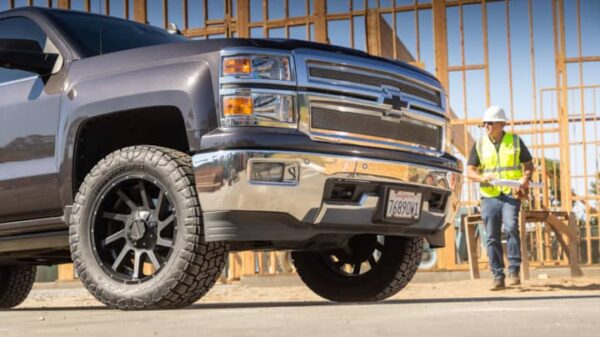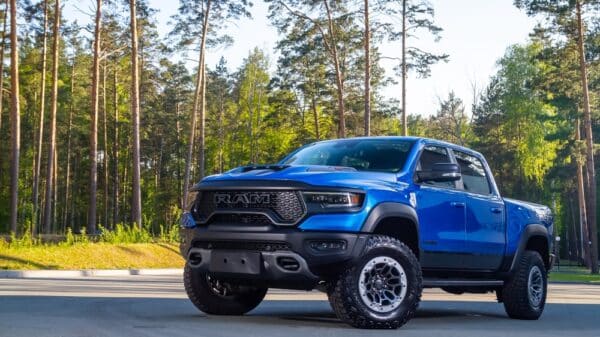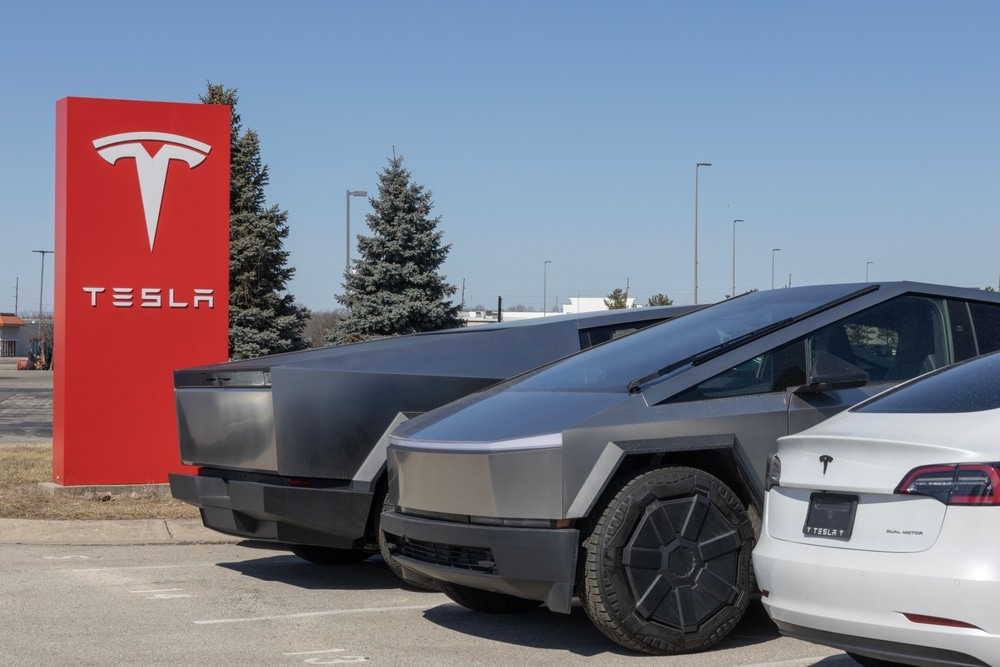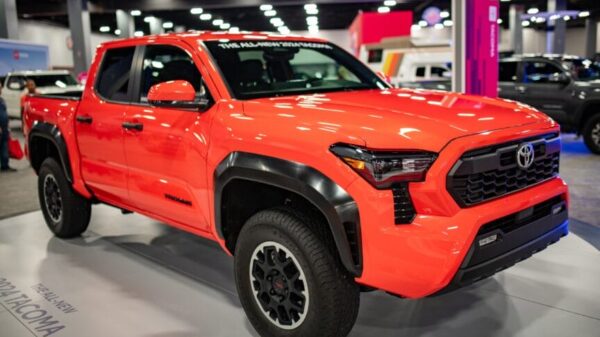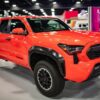In a remarkable turnaround, Tesla achieved a record number of electric vehicle (EV) deliveries in the third quarter, surpassing expectations and marking a significant milestone in the company’s ongoing journey. With nearly half a million vehicles sold, the figures reflect a proactive response to market shifts and changing consumer interests.
Stellar Delivery Figures
Tesla announced that it delivered approximately 497,099 electric vehicles between July and September, showcasing a commendable 7.3% increase compared to the same quarter last year. The spikes in delivery numbers underscore the brand’s continuing commitment to sustainability and innovation in the automotive market.
The overwhelming majority of sales stemmed from two flagship models: the Model Y and Model 3. Together, they accounted for an impressive 481,166 units delivered, translating to over 9% growth year-over-year. A last-minute sales rush in the U.S. before the expiration of a federal tax credit on September 30 likely boosted these numbers, demonstrating the influence of incentives on consumer decisions.
Mixed Performance Among Other Models
However, it wasn’t all positive news for Tesla. Deliveries for the Cybertruck, Model X, and Model S experienced a notable decline, categorized by the company as “other models.” This segment only saw 15,933 deliveries, registering a steep 30% drop from the previous year. Despite a mild refresh for the Model S and Model X, their individual production numbers remain undisclosed, limiting insights into their specific performance.
Exceeding Expectations
The latest delivery figures have exceeded Wall Street’s predictions, which estimated around 441,500 units, as reported by market intelligence firm Visible Alpha. This positive outcome is particularly striking given the economic pressures affecting the auto industry.
Challenges in the European Market
Tesla has faced challenges in various markets, particularly in Europe, where it has seen a decline in sales due to stiff competition from brands like BYD and Volkswagen. Part of this decrease can be attributed to shifting consumer preferences and a perceived disconnect stemming from CEO Elon Musk’s political activities. Despite these obstacles, a surge of U.S. buyers leveraging the federal tax credit has provided a temporary cushion for the company’s sales figures.
A Shift towards Robotics and AI
As the automotive landscape evolves, Tesla is pivoting away from its traditional focus on passenger vehicles and increasingly emphasizing developments in robotics and artificial intelligence. This shift highlights the company’s aim to position itself beyond just car manufacturing.
Upcoming Shareholder Vote
Looking ahead, Tesla faces an important milestone with a shareholder vote set for November 6. Investors will decide on Elon Musk’s ambitious trillion-dollar compensation plan, which is contingent on meeting lofty performance targets. These include hitting 20 million vehicle sales, deploying a fleet of one million robotaxis for commercial use, and achieving a market capitalization of $8.5 trillion.
In summary, Tesla’s recent delivery success reflects its resilience and adaptability amid market fluctuations. While challenges exist, particularly in Europe, the company’s focus on innovation and strategic shifts may well position it favorably for future growth.




